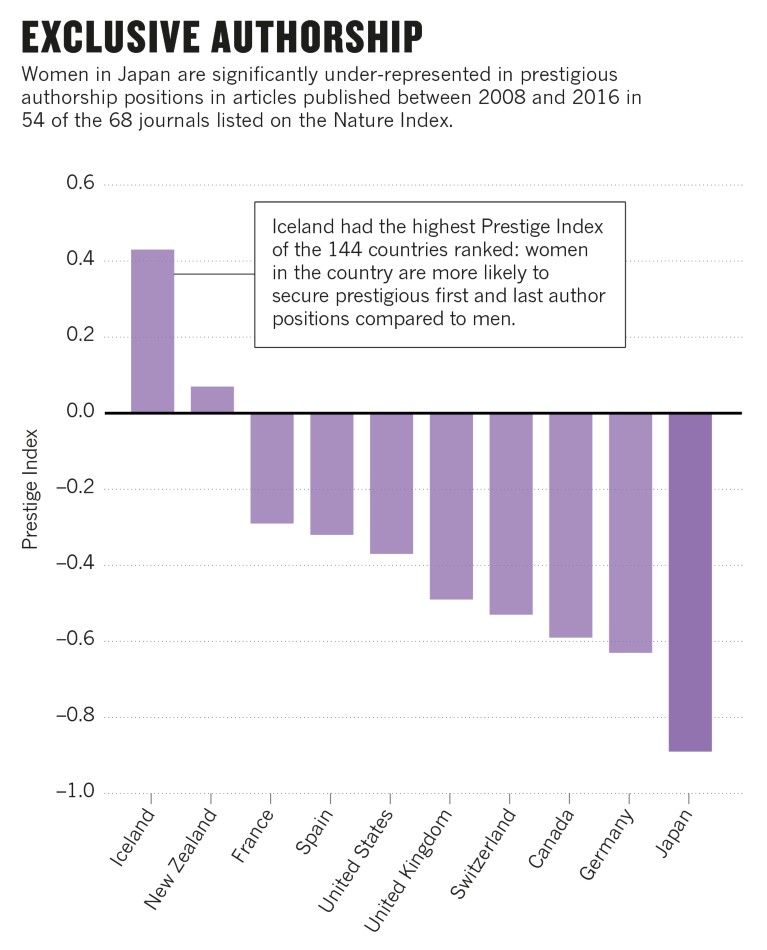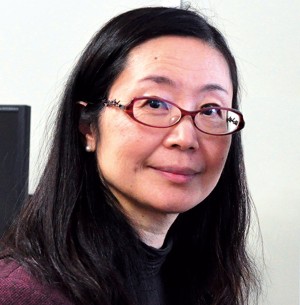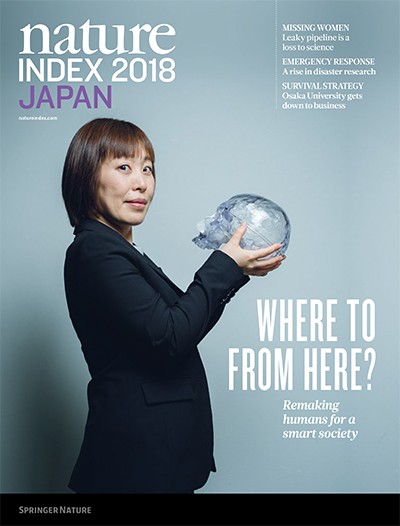The Japanese gender gap in science, technology, engineering and mathematics (STEM) fields remains large. The Japanese Cabinet Office’s 2017 White Paper on Gender Equality reports that just 10.2% of engineering researchers are women. The picture is slightly better in science (14.2%) and agriculture (21.2%). Across all fields (including in the social sciences) only 15.3% of Japanese researchers are women — about half the average proportion among OECD countries.
‘Leaky pipelines’ — where women drop out before establishing a sustainable career — are globally ubiquitous in STEM. In the United States, for example, a 2011 survey showed 52% of PhD students in neuroscience, my field, were women. But that drops to 44% for postdoctoral fellows and to 29% for faculty. The numbers are worse in Japan, judging by membership figures for the Japan Neuroscience Society. A 2017 survey found that only 32% of student members are women, and the proportion falls to just 20% for regular members, which includes postdocs and faculty.
Unconscious bias
The under representation of women in the STEM workforce seems to originate at university. The primary and secondary school systems support each gender equally, and there is no significant difference in mathematics and science scores for Japanese students aged 12 to 15, according to the global Programme for International Student Assessment survey.
But at universities, the bias against women in STEM, dubbed rikejo, which roughly translates as ‘science women’, appears to start. Many parents and teachers believe that girls who follow the rikejo path will have reduced job and relationship opportunities.
The bias spills into recruitment of faculty. Male research leaders worry that hiring females may disadvantage their team in the competition for publications and funding grants. The opposite, however, may be true. An Elsevier report published in 2017 at the Gender Summit in Tokyo identified Japan as the only country where the score of scholarly output per researcher during the years 2011–2015 was higher for women than for men. Japanese women published an average 1.8 papers over the period, which was 38% more than men at 1.3 papers.

Source: Bendels, M. H. K. et al. PLoS ONE (2018).
It may be a statistical anomaly due to the low numbers of women doing research. It could also be that because male researchers occupy more senior positions, more of their time is taken by administrative work rather than research. Another explanation, suggested by Reiko Kuroda, a chemist and former member of the Council for Science, Technology and Innovation, is that women in Japanese science are exceptionally high-achieving. When I entered graduate school, my supervisor warned me that I would have to achieve twice as much as a man to establish an academic career. It’s also possible the higher scholarly output of women in part reflects the occupation of faculty positions by under-productive males.
Work–life balance
The gender gap cannot be bridged unless we change our work culture, especially in science and technology, where long hours in the lab are considered normal. According to OECD data, Japanese men work twice as many hours as, for comparison, French men. Because Japanese men spend less time at home, women carry a heavier load of housework and child care. A 2017 survey of staff at my university found that 64% of men spent an hour or less a day on house and child care, while 73% of women spent two hours or more.
Diversity demands the widespread adoption of a rational and reasonable work–life balance, which is also a prerequisite for a creative atmosphere that fosters innovation.
We need more women at all levels as role models — professors, deans, and presidents in academia. In 2016, universities in Japan set targets for raising the percentage of female researchers by 2021. Tohoku University, for example, plans to increase female researchers from 13% to 19%, and has begun introducing female-only faculty positions.
Tohoku also supports female researchers in various ways, including plans to increase fourfold the number of children it can accommodate in its day-care centre. Ultimately, gender equality will mean first dispelling our societal biases, and this costs universities nothing.



 Stalled ambition
Stalled ambition
 Resistance to reform
Resistance to reform
 Relative gain
Relative gain
 Partners in discovery
Partners in discovery
 Strength from weakness
Strength from weakness
 Pillars of a smart society
Pillars of a smart society
 Facing down disaster
Facing down disaster
 Short-term generation
Short-term generation
 Access granted
Access granted
 Noble halls of discovery
Noble halls of discovery
 A guide to the Nature Index
A guide to the Nature Index







